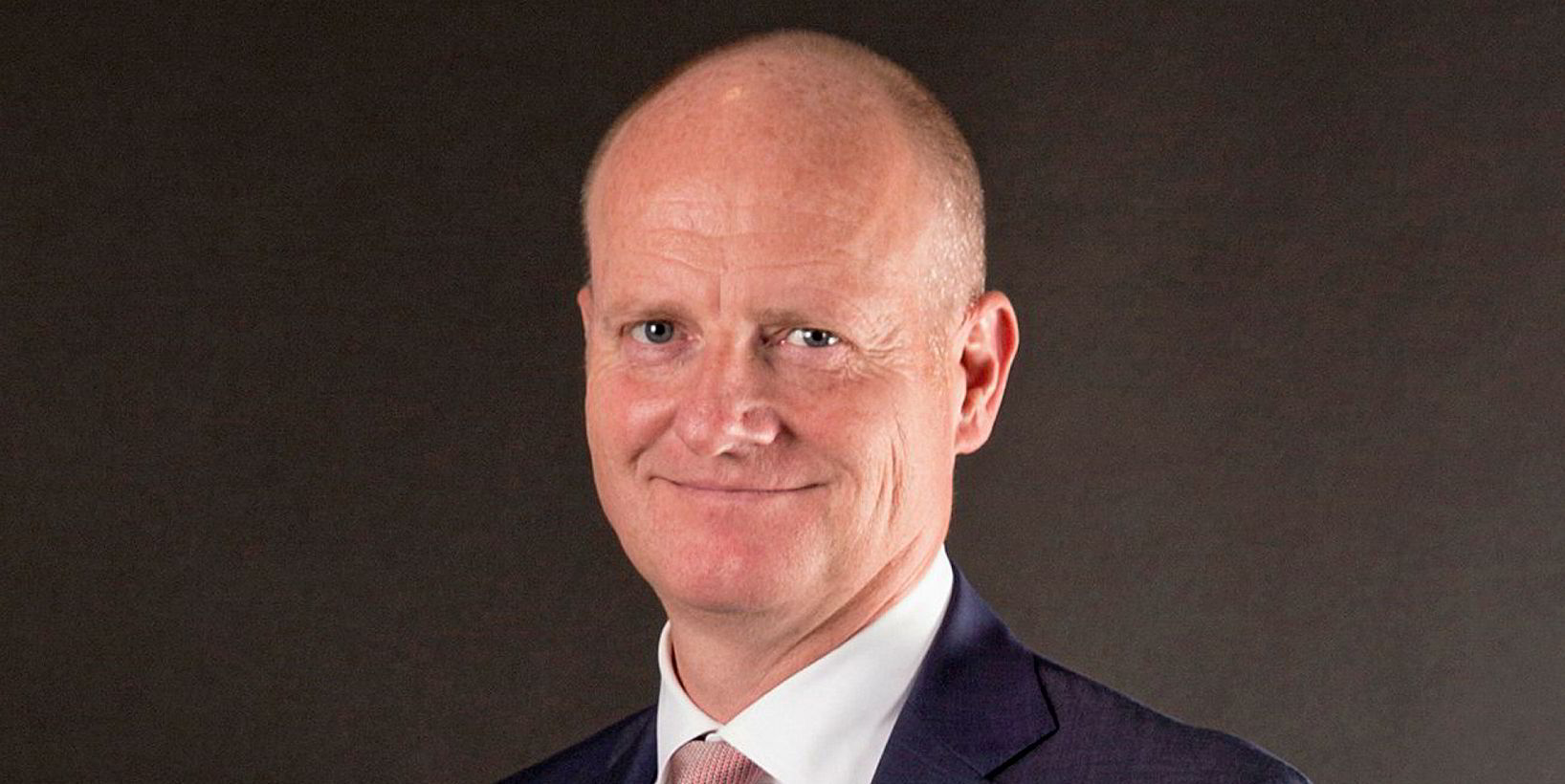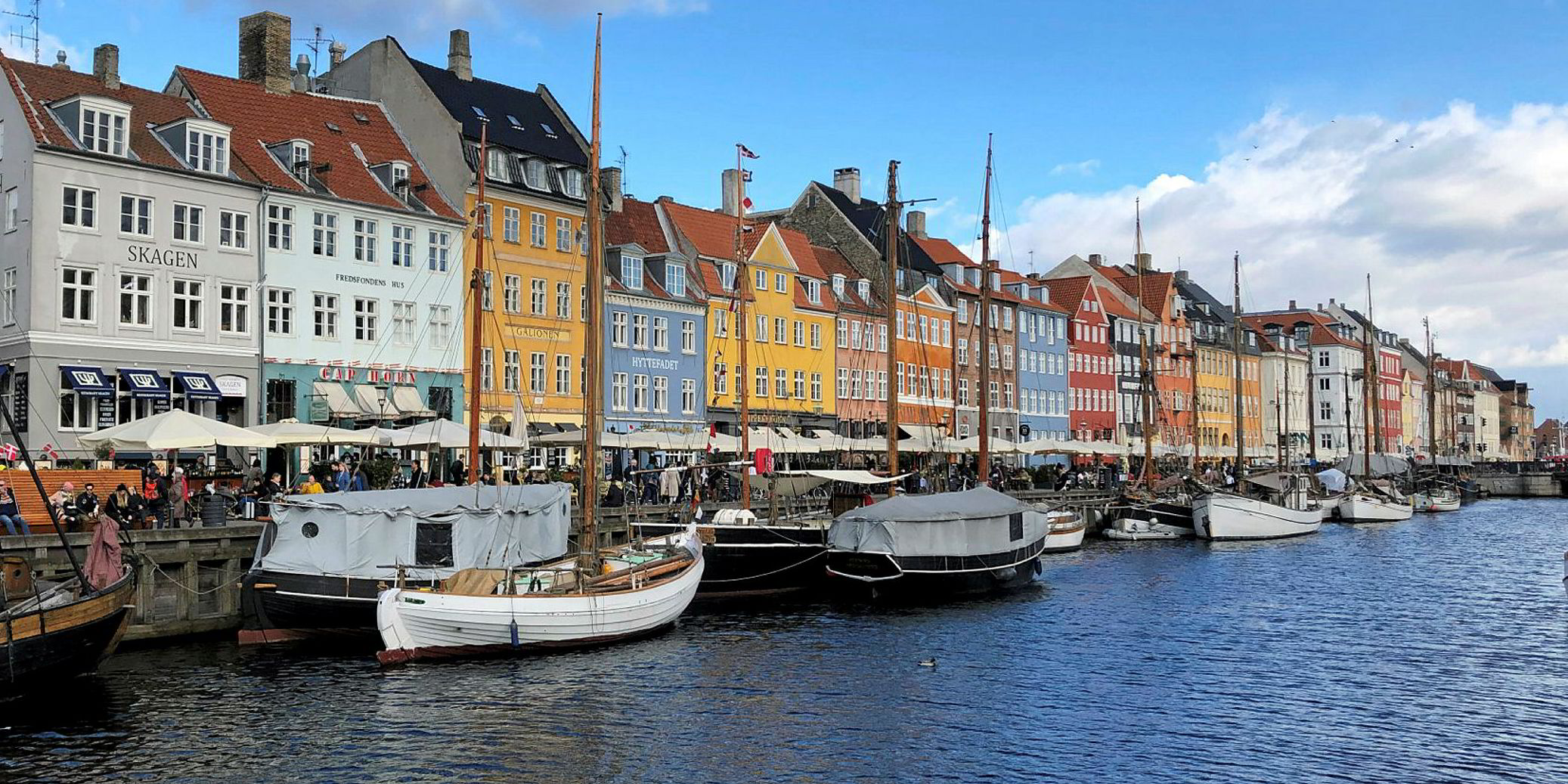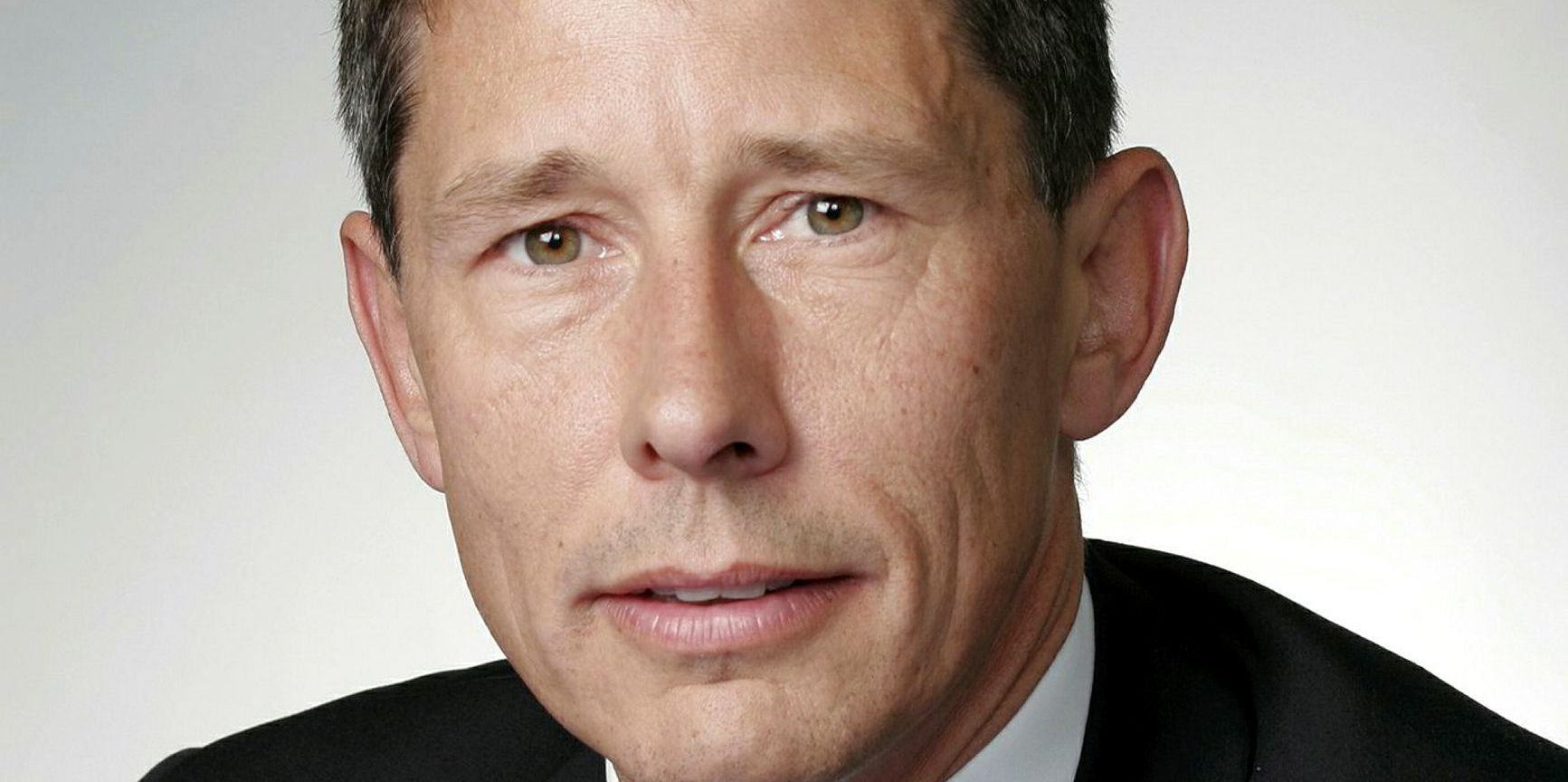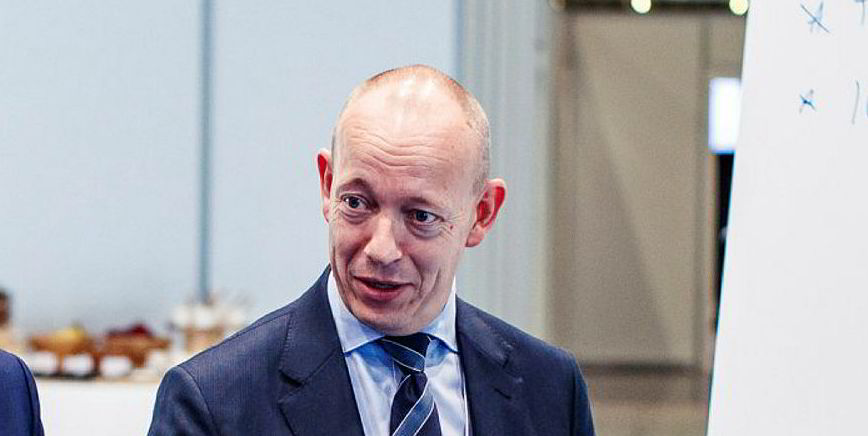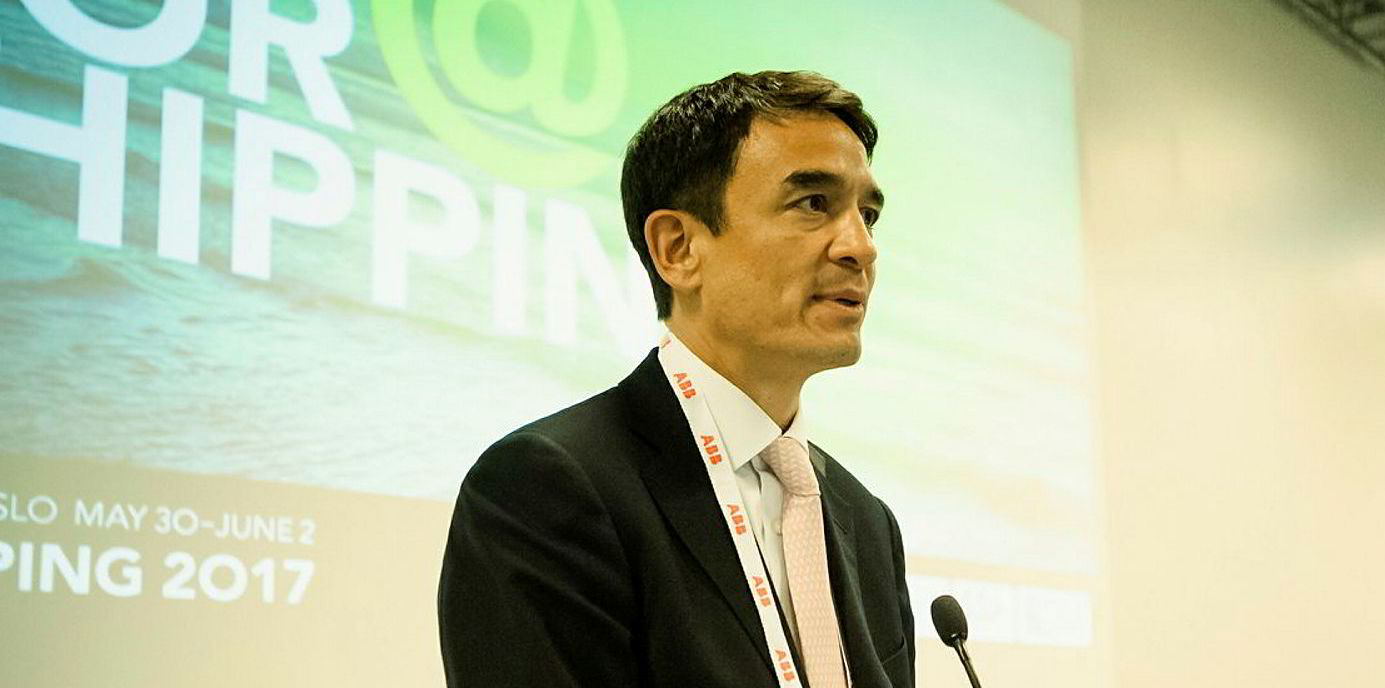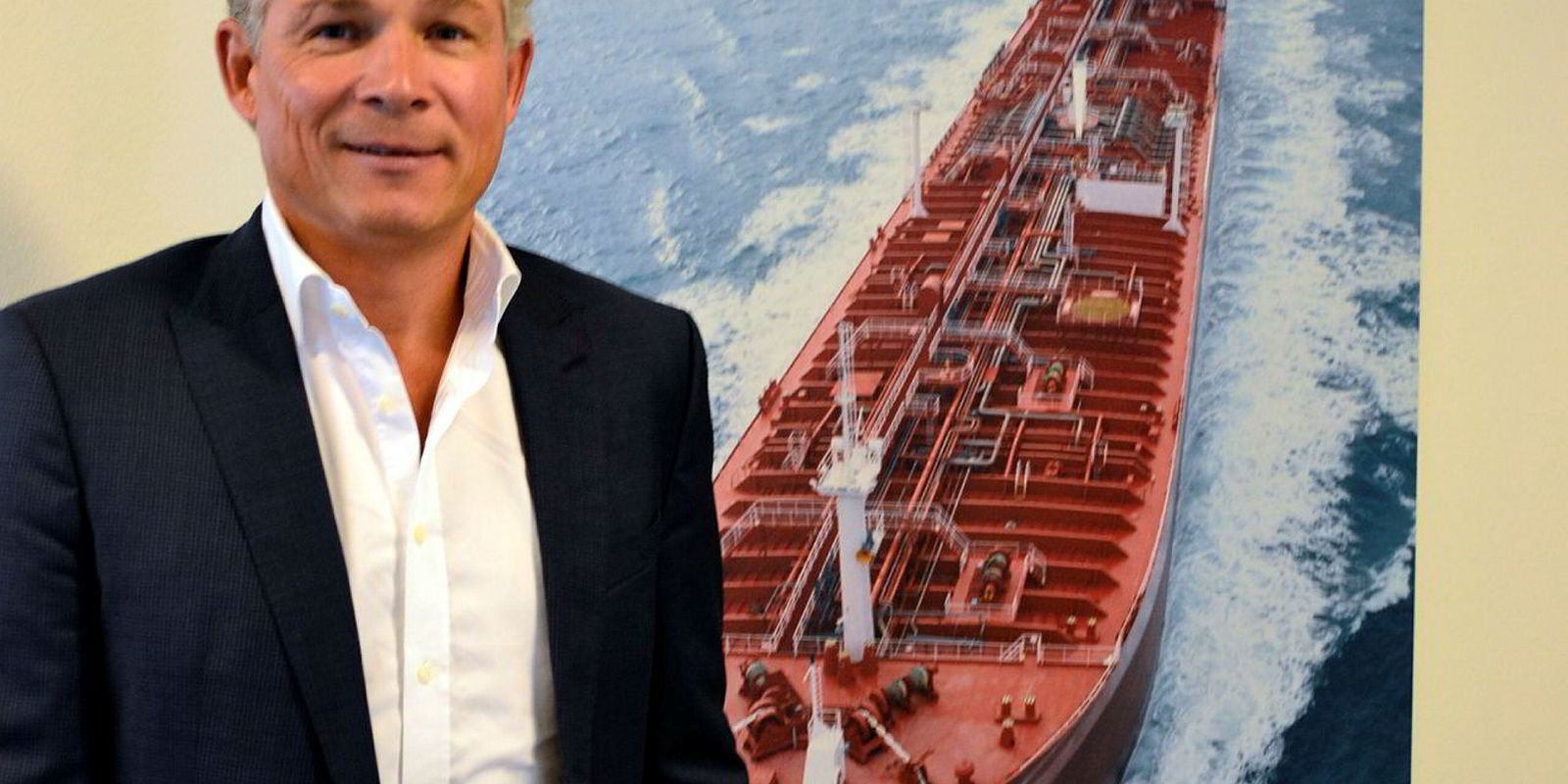Denmark boasts two of the top four product tanker owners in the world and three of the top 10 by vessel numbers, according to shipbroking giant Clarksons.
On an operating basis the country is arguably stronger, with four of the major pool players in the business, helping tankers account for 20% of the overall Danish fleet.
“I have heard Denmark mentioned as the product tanker capital of the world,” Carsten Mortensen, the former chief executive of Norden and BW Group, says.
“Why are they good at making watches in Switzerland and shoes in Italy? You build on the strength of an industry and obviously we have had some industry leaders and there has been room for new companies to come in.
Retaining talent
“Attracting and retaining talent is the name of the game,” he explains. “I think Danish shipping has always been synonymous with quality shipping.
“Maybe that is particularly required for the oil industry. But I think it starts with the people and we should be grateful to the big companies for allowing the whole cluster to prosper.”
Christian M Ingerslev, chief executive of Maersk Tankers, says government support is another contributory factor. “There is a big affiliation with shipping in Denmark. There is a big affiliation with regards to earning capital for the country.
“It’s fair to say we punch above our weight class as the sixth largest shipping nation in the world. It’s something we are very proud of. It’s created an ecosystem around it that is reinforced with every ship that comes in.”
In the past year, tankers have been added in greater multiples than ever before. The merger of Hafnia Tankers and BW Tankers will boost the number of ships operated by the Hafnia Management pools close to 190.
Norden, Maersk Tankers and Torm have been growing in contrasting ways, while Jeppe Jebsen’s Celsius Shipping has been expanding its fledgling presence in the product tanker space.
“Today, is there too many?” asks Soren Huscher, chief executive of Norden-backed Norient Product Pool. “I don’t think so, we coexist quite well. Probably Hafnia/BW will be in the biggest of us, but overall [in] the product segment they will be less than 5% of the fleet, so are we, so are Torm.”
Global competitors
In Hellerup, Hafnia, Torm and Norden are all located within a short distance of each other. For a Danish product tanker specialist it means some of their largest global competitors are on their doorstep.
While this may appear to be an investment banker’s dream in a sector that has seen notable consolidation in the past two years, all of the action involving Danish players has included overseas investors.
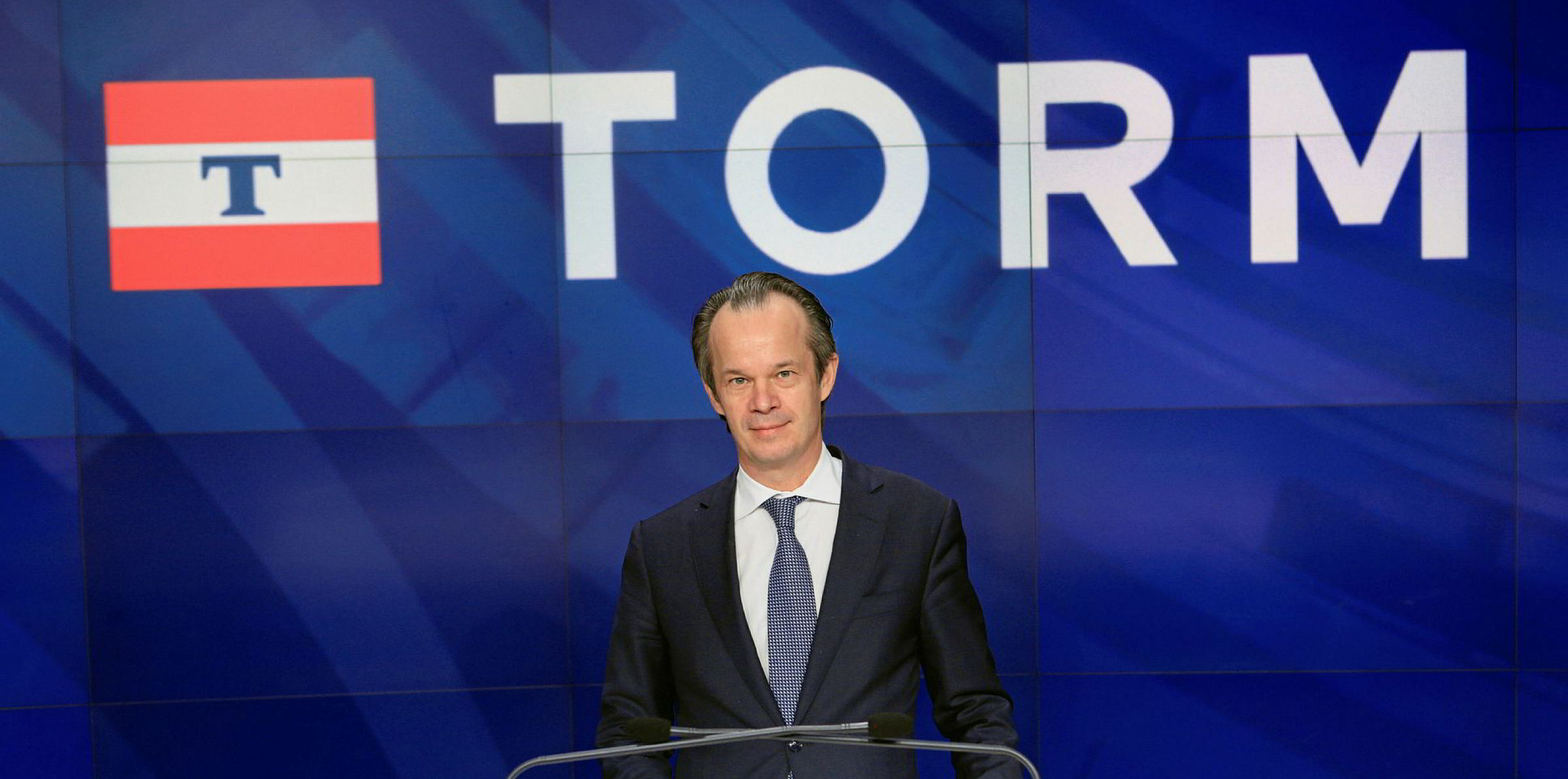
The last deal involving two Danish tanker owners was in 2013, when Hafnia Tankers bought the J Lauritzen fleet and immediately sprang onto the Oslo over-the-counter market.
“If there is a Dane-on-Dane deal, I don’t think investment bankers would be heavily involved,” says Torm executive director Jacob Meldgaard, who leads a company with a dual listing in Copenhagen and New York that is creating a platform specifically for mergers and acquisitions.
“That would be disappointing if they were the ones who could make that combination,” he adds. “And, if there is a pressure, I can’t say I feel that. I think investors are the ones who would put pressure on managers to do certain things.”
Global hub
Peter Kolding, vice president of commercial at Hafnia Management, says there is no concern about major foreign investors controlling some of the largest names in the Danish tanker market as long as Copenhagen remains an operating hub.
“It’s a global world and a global business,” he says. “I would be sadder and more concerned if one of these mergers were concluded and the business would be withdrawn from Denmark.
“One of the concerns when Oaktree made their entry into Torm, was that Torm would be Torm but in another country. That would have been a loss for our industry and our community. But whether it's Oaktree owning it, or a Torm Foundation, means less.”
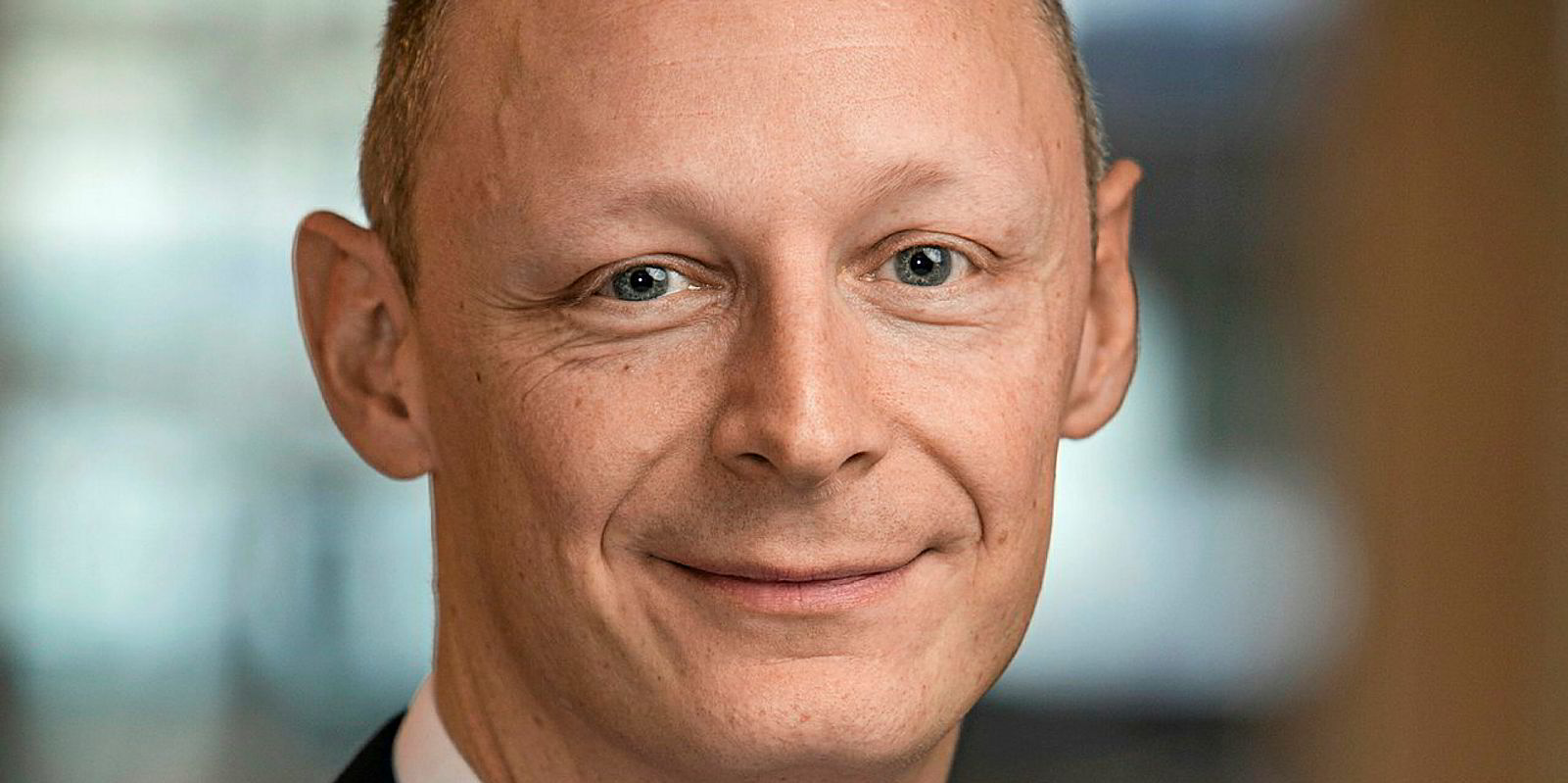
While Copenhagen remains a stronghold for product tankers, AP Moller-Maersk and Clipper Group have both sold out of VLCCs in the past decade. This has left Denmark without a single representative in the VLCC market and a relatively tiny position in the crude space overall.
“We keep them in Norway,” jokes Jens Christophersen, now at Hafnia after its merger with BW, which is also the largest shareholder in Oslo-headquartered DHT Holdings.
“VLCCs is a special game to be in and it’s always been the diamond or the pride of a shipping company to own a VLCC. But it’s also quite a risky business. That’s my personal view.
Spot fixing
Christophersen says: “The entry and exit points are critical. But even spot fixing is hard to manage as owners of smaller VLCC fleets will risk ‘being in the wrong place at the wrong time’ when they have to fix their ships.
“They have less opportunity to triangulate or find niche trades, as we often do in the chemical and handy/MR trades.”
This trading mentality that runs through Danish shipping folk is often cited as the reason behind their preference for product tankers and limited interest in larger crude vessels.
“Here in Copenhagen, we have a history of trading ships in the spot market. There are other places around Europe where the tendency is to be a tonnage provider. That is not really what we do, generally speaking,” Kolding says.
Meldgaard, who heads a company with more than 80 product tankers including newbuildings, says: “I can see that commercial operations of crude tankers is quite a task. But the number of combinations you can do on a VLCC is significantly smaller than the number of options you have triangulating an MR.
“There is an added complexity and companies thrive in that environment trying to unlock value from that complexity. I respect the crude tanker market very much, but it’s quite a different market place, utilising slightly different competences.”
